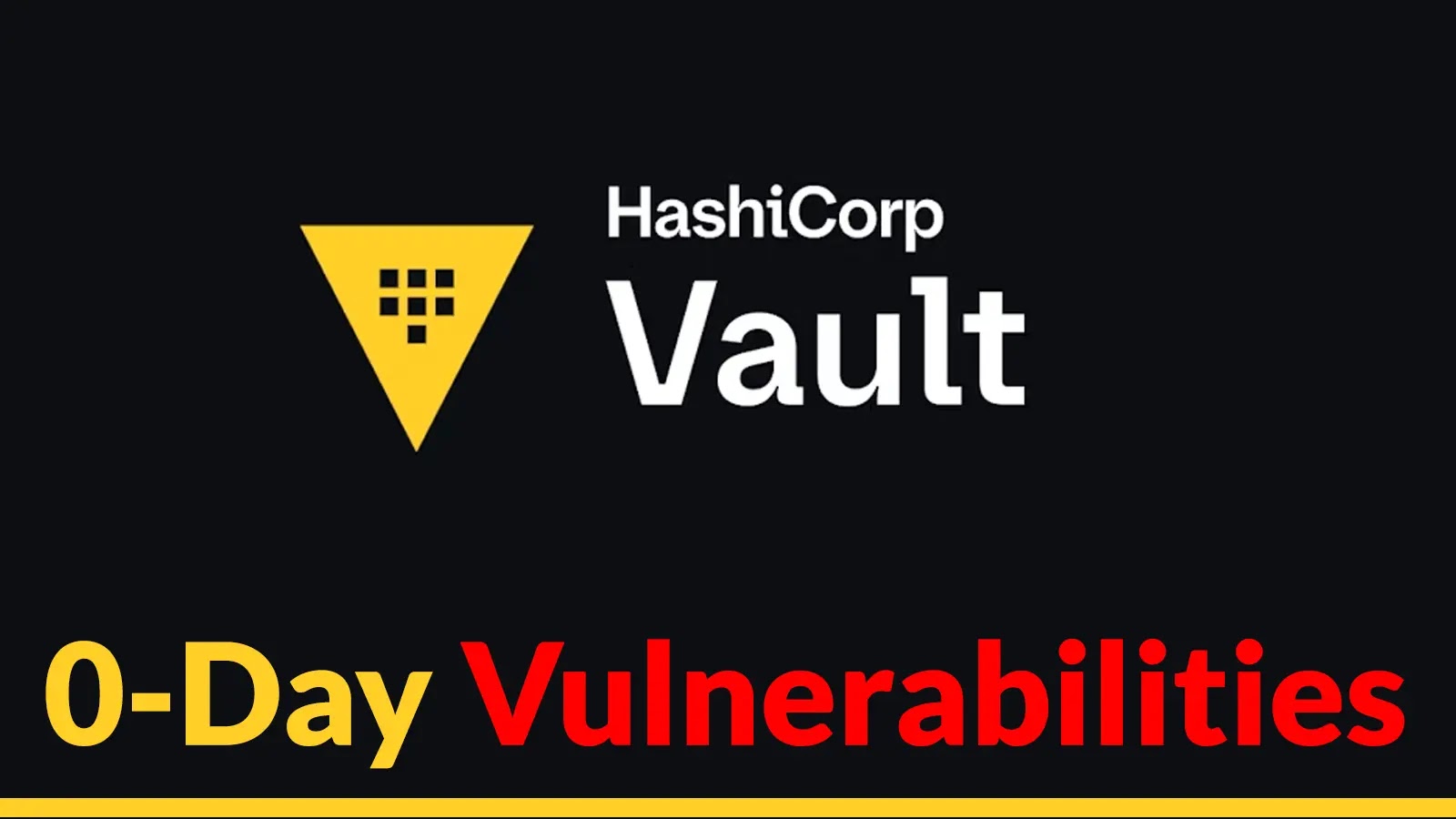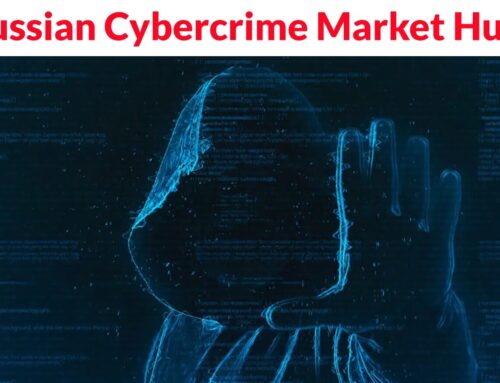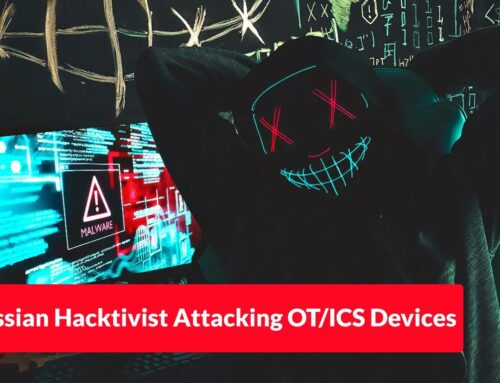
HashiCorp Vault 0-Day Vulnerabilities Let Attackers Execute Remote Code
The Critical Threat: Zero-Day Vulnerabilities in HashiCorp Vault Lead to Remote Code Execution
Imagine the ultimate vault protecting your organization’s most sensitive secrets—API keys, database credentials, and certificates. Now, imagine that vault not only being breached but actively enabling attackers to execute code remotely on its own servers. This isn’t a hypothetical worst-case scenario; it was the stark reality in early August 2025, as security researchers uncovered a series of critical zero-day vulnerabilities in HashiCorp Vault, a widely adopted secrets management solution.
These severe flaws exposed an end-to-end attack path, culminating in remote code execution (RCE) on Vault servers. For any organization relying on HashiCorp Vault for critical secret management, this discovery signals an urgent need for immediate action and a reevaluation of their security posture.
Anatomy of the Attack: Unraveling the Vulnerabilities
The vulnerabilities discovered in HashiCorp Vault were not isolated incidents but rather a chain of weaknesses creating a devastating attack vector. Initial evidence pointed to logic-level defects, suggesting deep-seated issues within the application’s core design rather than simple coding errors.
- Authentication Bypasses: Attackers could circumvent standard authentication mechanisms, gaining unauthorized access to Vault instances. This is the critical first step, allowing malicious actors to bypass security controls designed to keep them out.
- Policy Enforcement Inconsistencies: Even after bypassing authentication, Vault’s policy engine, designed to enforce granular access controls, exhibited inconsistencies. This allowed attackers to perform actions they should have been restricted from, escalating their privileges and access within the system.
- Audit-Log Abuse: Critically, the attack path also leveraged vulnerabilities related to audit logs. This could potentially involve manipulating or disabling logging mechanisms, allowing attackers to cover their tracks and remain undetected for extended periods, making incident response significantly more challenging.
The combination of these vulnerabilities creates a perfect storm, where an attacker can gain initial access, elevate privileges, and then exploit a final vulnerability to achieve remote code execution. This means not only can they steal your secrets, but they can also take control of the underlying server infrastructure, potentially leading to widespread compromise.
Understanding Remote Code Execution (RCE) on Vault Servers
Remote Code Execution (RCE) is one of the most severe types of vulnerabilities an application can face. In the context of HashiCorp Vault, achieving RCE means an attacker can run arbitrary commands on the server hosting the Vault instance. The implications are profound:
- Full System Compromise: Attackers can install malware, create backdoor accounts, modify system configurations, or exfiltrate all data on the server, not just the secrets managed by Vault.
- Secrets Exposure: While the primary goal might be secrets theft, RCE allows direct access to the Vault process memory or file system, potentially bypassing even internal encryption mechanisms to retrieve sensitive data.
- Lateral Movement: With control over the Vault server, attackers can use this as a pivot point to launch further attacks against other systems within the network, leveraging the Vault server’s trusted position.
- Data Tampering and Destruction: Beyond exfiltration, attackers could maliciously tamper with or destroy critical data and configurations, leading to significant operational disruption and data loss.
The ability to execute code remotely effectively gives an attacker complete control over the compromised Vault server, turning a defensive stronghold into an offensive launchpad.
Remediation Actions: Securing Your HashiCorp Vault Instances
Given the severity of these zero-day vulnerabilities (though specific CVEs were not immediately released at the time of discovery, organizations should monitor for future disclosures like CVE-2025-XXXXX or CVE-2025-YYYYY if they emerge), immediate and decisive action is paramount. While specific patches would be the primary defense, a multi-layered approach is essential.
- Apply Vendor Patches Immediately: Monitor HashiCorp’s official security advisories and promptly apply any released patches or hotfixes addressing these zero-day vulnerabilities. This is the single most critical step.
- Implement Network Segmentation: Isolate your HashiCorp Vault instances on a dedicated network segment, restricting inbound and outbound access to only what is strictly necessary. Utilize firewalls and security groups to enforce these policies.
- Principle of Least Privilege: Ensure that all Vault users and applications are granted only the absolute minimum permissions required to perform their functions. Regularly review and audit these permissions.
- Enable and Monitor Audit Logs: Though the audit log itself was exploited, robust and immutable logging to a separate Security Information and Event Management (SIEM) system is crucial. Monitor these logs for anomalous activities, failed authentication attempts, or unusual access patterns.
- Multi-Factor Authentication (MFA): Enforce MFA for all administrative access to HashiCorp Vault, adding an extra layer of security beyond just passwords.
- Regular Security Audits and Penetration Testing: Conduct frequent security audits and penetration tests specifically targeting your Vault implementation to identify potential weaknesses before attackers do.
- Implement Web Application Firewalls (WAF): A WAF can provide an additional layer of protection by detecting and blocking malicious requests targeting known vulnerabilities.
- Review and Rotate Secrets: After remediation, it is advisable to rotate all secrets managed by the compromised Vault instance, as they could have been exposed.
Tools for Detection and Mitigation
While direct detection of a zero-day exploit before a patch is challenging, several tools can aid in monitoring, scanning, and fortifying your environment against similar threats and post-exploitation activities.
| Tool Name | Purpose | Link |
|---|---|---|
| HashiCorp Sentinel | Policy as Code framework for Vault access and operations. | https://www.hashicorp.com/sentinel |
| Vagrant (for testing) | Rapidly create and manage virtualized environments for secure testing of Vault configurations. | https://www.vagrantup.com/ |
| SIEM Solutions (e.g., Splunk, Elastic Stack) | Centralized log management, correlation, and real-time monitoring for suspicious activities. | https://www.splunk.com/ https://www.elastic.co/elastic-stack |
| Vulnerability Scanners (e.g., Nessus, OpenVAS) | Identify known vulnerabilities in the underlying operating system and dependencies. | https://www.tenable.com/products/nessus https://www.greenbone.net/ |
| Network Intrusion Detection/Prevention Systems (NIDS/NIPS) | Monitor network traffic for malicious patterns and block suspicious connections. | (Vendor-specific, e.g., Cisco, Palo Alto Networks) |
| Endpoint Detection and Response (EDR) | Mointor server behavior for signs of compromise, even after initial breach. | (Vendor-specific, e.g., CrowdStrike, SentinelOne) |
Conclusion: Fortifying Your Digital Foundations
The discovery of zero-day vulnerabilities in HashiCorp Vault, leading to remote code execution, underscores the relentless nature of cybersecurity threats. For organizations relying on Vault, this event necessitates a comprehensive review of their security posture, emphasizing prompt patching, robust configuration, and continuous monitoring. While the immediate threat lies in the exploited flaws, the broader lesson is the critical importance of a defense-in-depth strategy, ensuring that even a breach of a “vault” does not spell ultimate catastrophe for your digital infrastructure and the secrets it protects.





